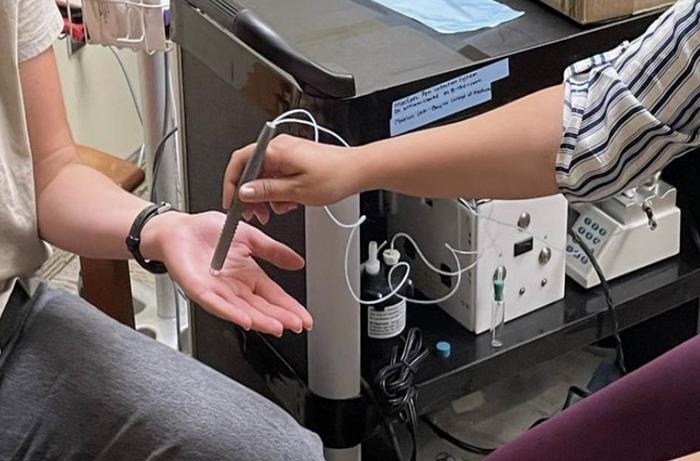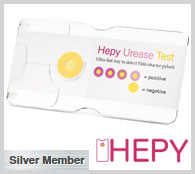Pen-Like Tool Quickly and Non-Invasively Detects Opioids from Skin
Posted on 25 Jun 2025
Opioid drugs such as fentanyl, morphine, and oxycodone are the primary substances associated with overdose cases in the United States. Standard drug screening procedures typically involve collecting blood, saliva, or urine samples. One widely used technique for identifying opioids in these samples is liquid chromatography mass spectrometry (LC-MS), which offers high accuracy and sensitivity. However, LC-MS testing in clinical settings requires complicated and time-intensive sample collection and preparation. Besides bodily fluids, opioids also accumulate in the skin. Researchers have now introduced a pen-like device capable of rapidly and non-invasively gathering skin-surface molecules to test for opioid presence via mass spectrometry.
Scientists at Johns Hopkins University School of Medicine (Baltimore, MD, USA) have adapted their handheld MasSpec Pen into a modular device designed to efficiently capture molecules from the skin’s surface for opioid screening, without requiring additional sample preparation. This updated version of the MasSpec Pen dispenses a small droplet composed of water and ethanol onto the skin. The liquid remains on the surface briefly to extract drug-related molecules. After three seconds, the droplet is reabsorbed into the pen and transferred into a collection vial. The sample is then either immediately analyzed using electrospray ionization mass spectrometry or stored for future testing. Following initial proof-of-concept testing on human skin patches, the team evaluated the pen’s performance on the arms or hands of eight individuals known to have been exposed to fentanyl and hydromorphone.

When results from the MasSpec Pen were compared to those from standard urine and saliva tests, fentanyl was detected in seven of the skin samples, while hydromorphone was not detected in any of them. In contrast, both fentanyl and hydromorphone were found in all eight urine samples. According to the study published in Analytical Chemistry, fentanyl was also found in five saliva samples (one saliva sample could not be tested), and hydromorphone appeared in four. While the MasSpec Pen's detection levels did not match those of traditional urine and saliva analysis, its ease of use and portability suggest strong potential for future applications. The researchers propose that variations in the results may be influenced by the time interval between drug intake and testing. They plan to investigate how factors like skin type, cleanliness, and degree of drug exposure may affect the MasSpec Pen's detection capabilities in upcoming studies.
“Access to this information in real time could allow for earlier intervention for patients at risk for drug overdose or in need of substance use treatment,” said study coauthor William Clarke.
Related Links:
Johns Hopkins University School of Medicine







 assay.jpg)






